Timeless Inkslingers
Heinrich Kley
One of the joys of substack is the freedom to move from topic to topic. Some times I’ll write about education or politics or religion or what’s happning in our region. Once in awhile I’ll send you silly news quiz or a satirical parody or a flaming rant. You may even get a dispatch from me about the art of cartooning.
And that’s what this is. In my 40-year career as an internationally syndicated cartoonist who sketched close to 11,000 political cartoons I was often inspired and intrigued by the pen and ink masters of “The Ungentlemanly Art”.
From time to time I intend to celebrate the artists who influenced me, joyfully spotlighting visual virtuosos such as Chuck Jones, Charles Bragg, Ann Telnaes, Daumier, Mike Mignola, Roz Chast, Drew Friedman, M. K. Brown, R. Crumb, Boligan, Pablo Picasso, Quino, Francisco Goya, Tomi Ungerer and more.
I’ll tell you what it is about their magnificent art that moves me to gleefully fawn over them. And I will focus on one pen and ink work in particular, like the fabulous masterpiece below:
Heinrich Kley
The crude, vulgar and beautifully rendered sketch of the bad chimp above is my favorite masterwork by Heinrich Kley. Succinct, strong and savage, it possesses all of the qualities of a timeless classic political cartoon. Today, in the Age of Trump, Heinrich Kley’s image resonates with the same power it held when it was published over a hundred years ago in Munich. Because modern day America can be accused of mirroring Munich in the twenties, the decade when the Nazis were rising to power, many of Kley’s drawings about that time period speak directly to us about our present moment.
Kley’s draftsmanship and knowledge of anatomy is encyclopedic. Look at that chimp’s face! Kley conveys a dismissive, scowling malevolence with so few lines. I am left with both awe and envy. It would take me forty tries on a lucky day to match Kley’s demented dictator.
Kley ‘s vulgar burlesque makes clear to the viewer what he thinks of monarchs. They’re simply sinister simians who use the power of their crowns to spray excrement on the masses.
In Kley’s creature I see a prescient portrait of America’s most notorious primate, Donald Trump.
Kley had an extraordinary gift for rendering animals engaged in human activities with plausible elegance. His depictions of elephants skating or hippos waltzing or alligators balancing on a wire are astonishing for their realism in terms of each subject’s bone structure, posture, weight and believable relationship with gravity.
Walt Disney was a fan. Walt went to Germany in 1935 and came home with a modest collection of Kley’s masterworks. Could any of Kley’s works have inspired “Fantasia” years later?
Kley’s visually eloquent social opinion pieces appeared often in Munich’s notable satirical publications. Take a look at Kley’s “Committee for the Public Morals” below and see if you can see the forerunners of our modern day book banners.
Kley’s savage sketches were often published in Simplicissimus, a famous satirical publication based in Munich. For more on that marvelous publication click here: Simplicissimus
Kley thrived by day as a muralist and painter of “industrial scenes”. In his spare hours he created the remarkable drawings for which he is beloved and remembered: images of ice skating animals, nymphs cavorting with satyrs and fantasy images that conveyed profound political and social commentary.
Kley was a portly fellow who resembled a meek civil servant. He’d would never be mistaken on the streets of Munich for the daring provocateur and radical cartoonist he was. His work challenging every imaginable norm was very popular for a time.
According to the profile posted on the Society of Illustrator’s Website “Heinrich Kley shrank from public life when the Nazis took over in 1933. The Nazis destroyed the printing plates for his earlier drawings and placed his work on their List of Harmful and Unwanted Writings.”
You know you’re a great cartoonist when your pen and ink “doodles” ends up on a List of Harmful and Unwanted Writings. (Every cartoonist envied the late “Los Angeles Times” cartoonist Paul Conrad when we learned his name was on Nixon’s enemies list. Conrad is a subject for another time.) How powerful and terrifying a cartoon can be! Note to Fascists: Systems of governance that fear ink drawings never endure.
Kley died in 1945.
In 1980, in my twenties, I was working as a newsroom mapmaker at the daily in OKC. Dreaming of one day becoming a political cartoonist, I drew hundreds of political cartoons after work and accumulated hundreds of rejection letters. Nine hundred and some to be exact. The Irish letterheads were the loveliest. And I bought every book about every political cartoonist and visual satirist I came across.
I discovered one such book during my cross country trip to a new job as a page designer and illustrator at the Virginia Pilot-Ledger Star. There I was taking a break from the road, wandering in a bookstore in Wichita, Kansas, when I was drawn to this lovely Dover collection of Kley’s works:
I’d never heard of the man. Thumbing through it I was blown away. Who was this genius who appeared to sketch small masterworks with such striking confidence?-in what appeared to be seconds? How did he create his plausible worlds with such spare strokes?
And I thought Jeff MacNelly and Pat Oliphant, America’s premier political inkslingers at the time, were amazing! (Subjects for another time.) Kley knocked me on my mullet.
Decades later I prize my worn, ragged Kley books.
Kley’s sketch, sketch, sketchy linework invites us to become a voyeur, to watch the artist’s hand discover, reveal, unveil and essentially make visible the image the creator held in his delightfully imaginative mind’s eye, pen scratch by pen scratch by pen scratch across the page. Not too much linework and not too little. Just perfect. Elegant. Disciplined. Exact. And exhilarating to see.
His inking technique inspired me to loosen up when I inked; to welcome mistakes and integrate them into the final sketch, giving the piece a kind of vibrancy. You can feel the slashing motion. Sense the hand of the living artist moving across the page.
Look very closely at the animations drawn by Chuck Jones himself and you will see Jone’s lines are not smooth and polished. The beautiful sketchy flavor of his linework tells us a talented human made this delightful series of marks, not a machine. Each line was as “alive” and “animated” as Bugs Bunny himself. An animator of Chuck Jones’ stature would have been aware of Heinrich Kley. And like myself, in awe of him. Chuck’s a beloved subject for another time.
Forty-years later I am still grateful for that chance meeting with one of history’s most brilliant inkslingers, Heinrich Kley. So ribald, so offensive, so delightful. And so unforgettable.
References:
https://societyillustrators.org/award-winners/heinrich-kley/
https://www.waltdisney.org/blog/heinrich-kley
Links to books:
Drawings of Heinrich Kley (Dover)
Lost Art of Heinrich Kley Volume 1 Drawings
The Lost Art of Heinrich Kley, Volume 2: Paintings & Sketches




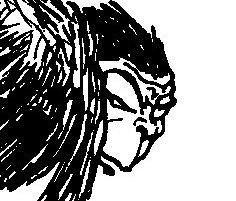
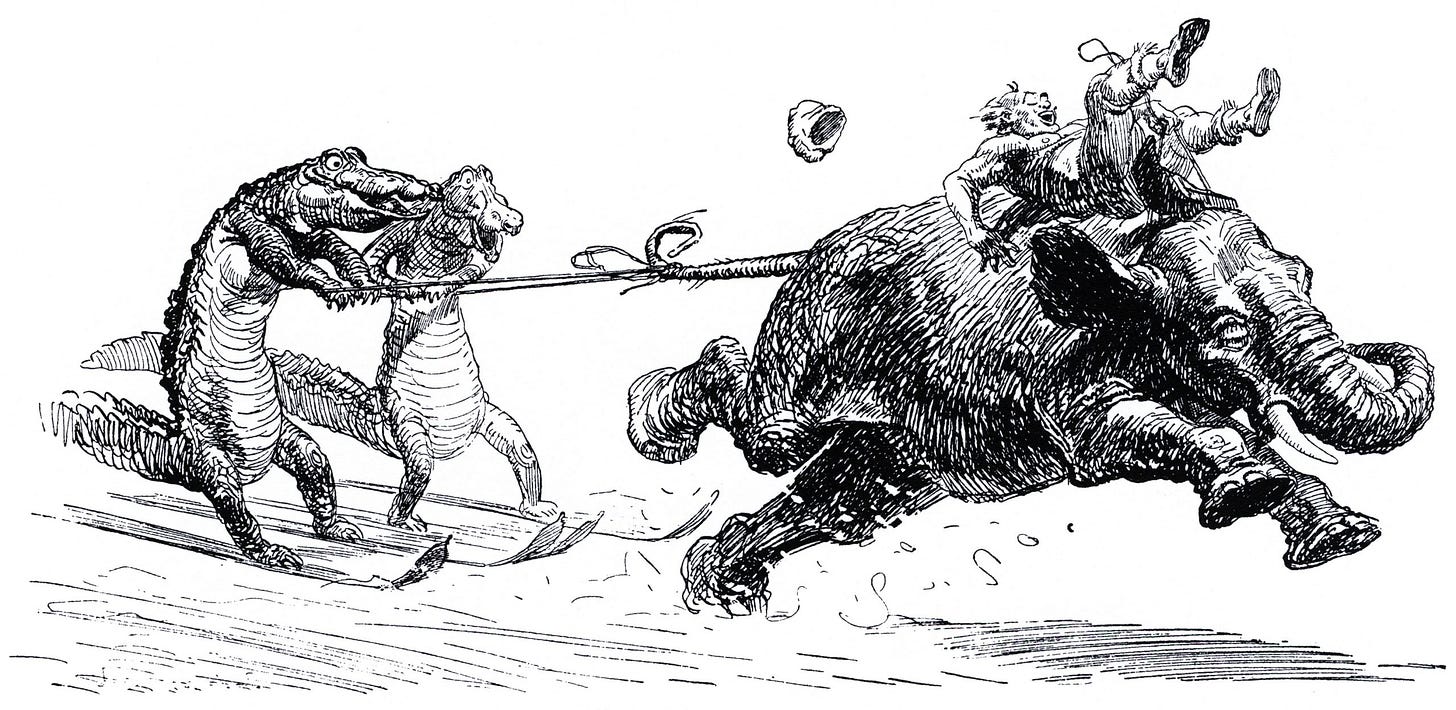
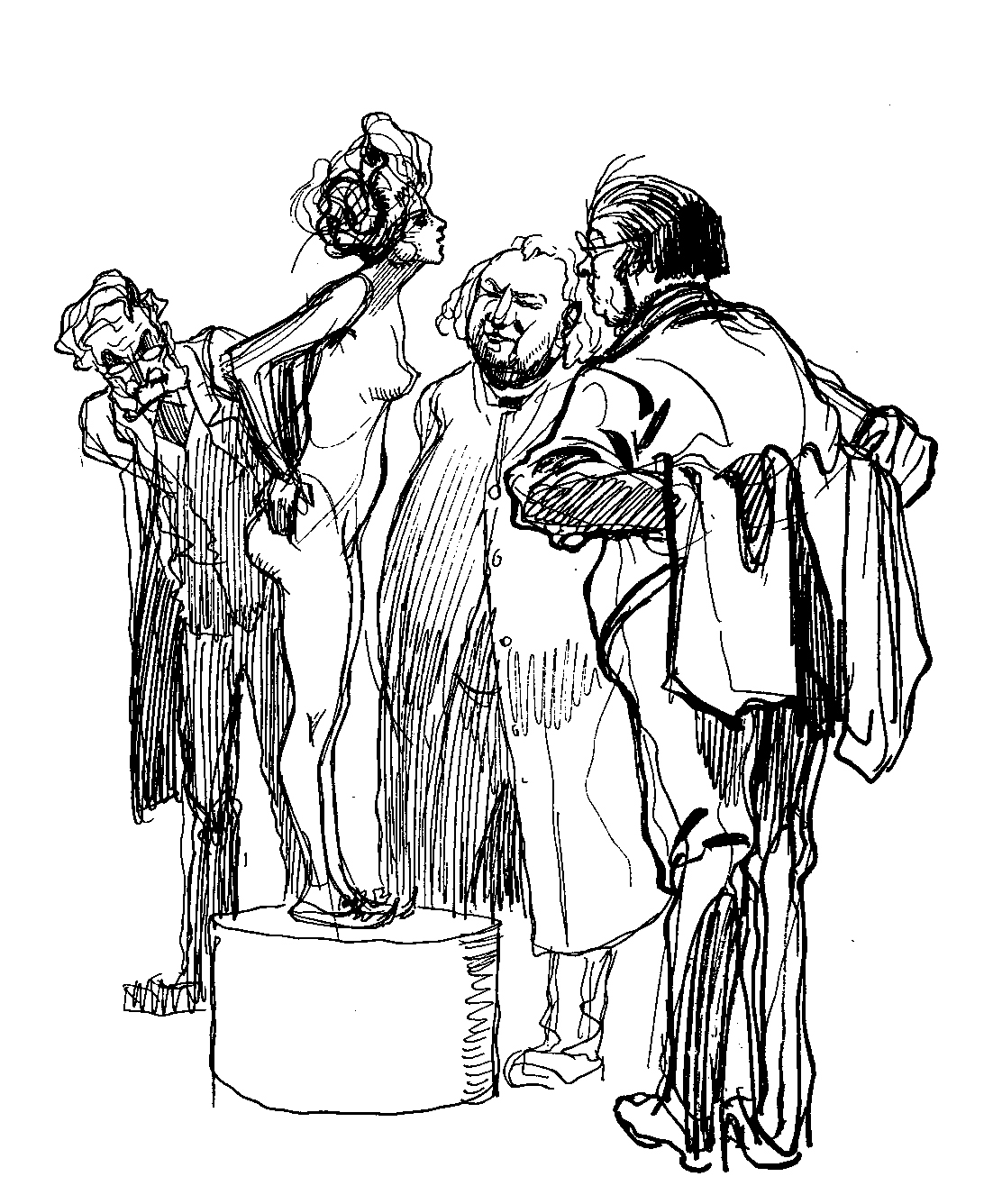

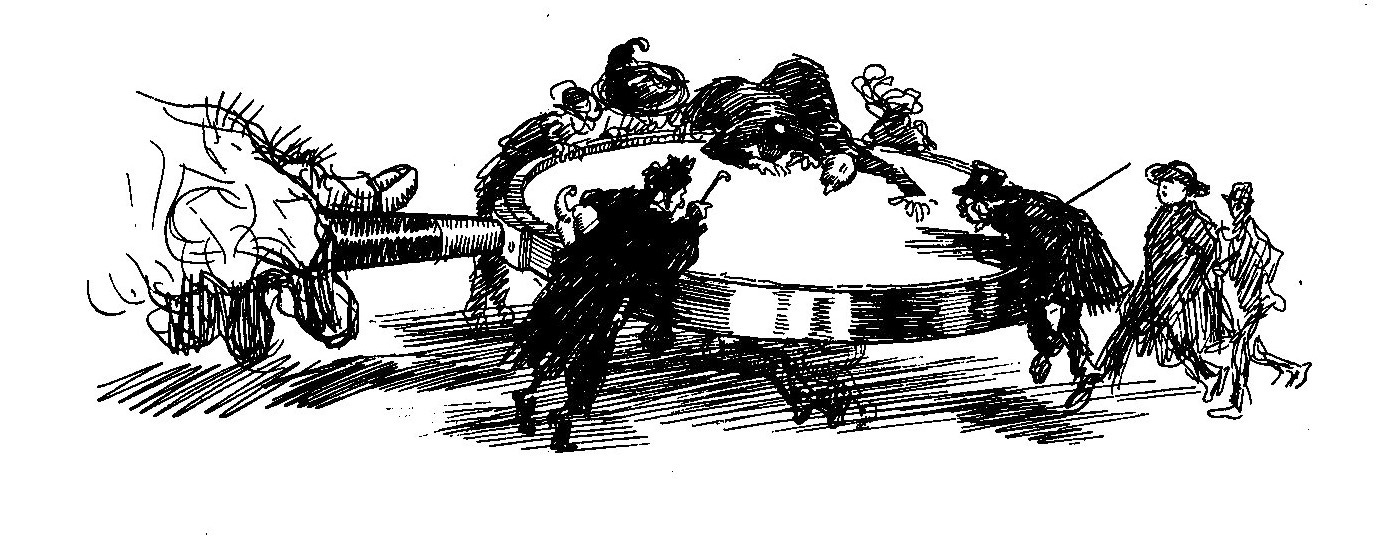
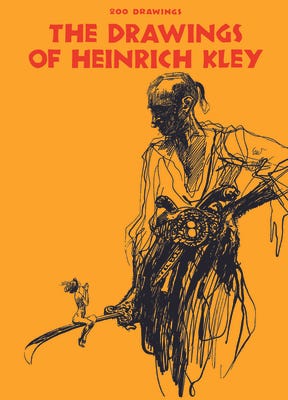
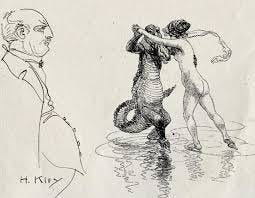
Ted "Dr Seuss" Geisel was a political cartoonist before (and while) he was a children's book author. Do you think Kley's malevolent chimp might have been an ancestor of the Grinch? There's a resemblance.
Incredible! I can hardly wait to see who’s next